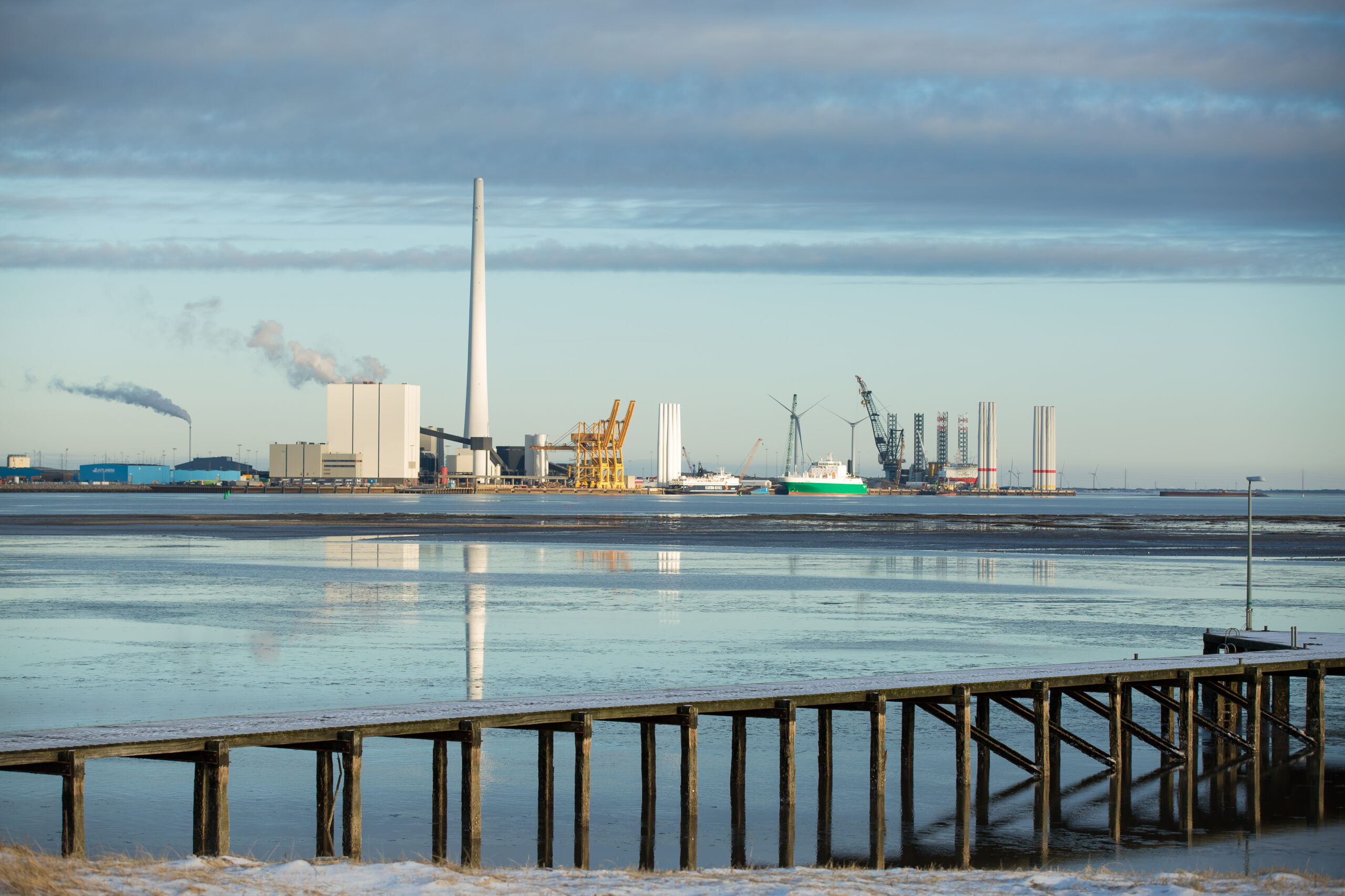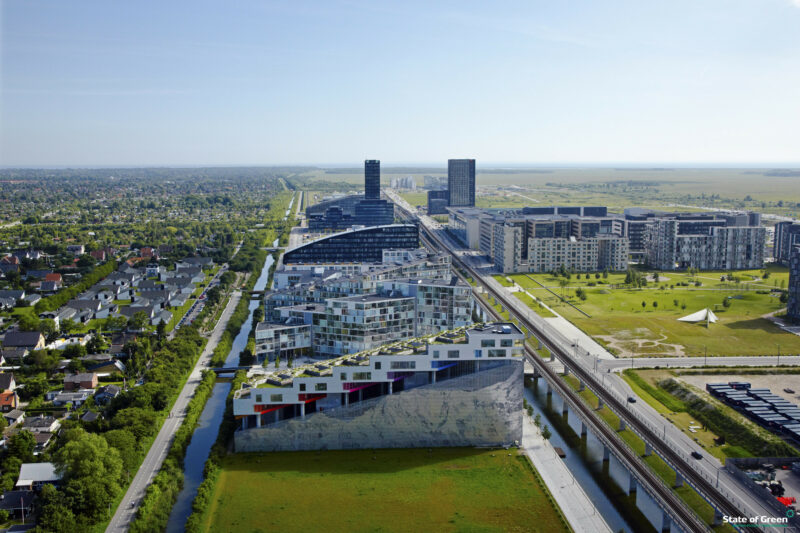News
Energy storage
Carbon capture, storage and utilisation
Resource efficient production
+1
Danish partners plan to store energy in molten salt from 2024


Together with Din Forsyning, Alfa Laval Aalborg, Kirt X Thomsen, San Electro Heat, Sulzer, Seaborg, Aalborg Universitet, and Energy Cluster Denmark, the Danish company Hyme Energy is in charge of getting its Molten Salt Storage (MOSS) up and running in time to show its potential through a pilot-energy project, which will be located at Din Forsyning in Esbjerg.
The project, which is supported by the Danish Energy Agency through the Energy Technology Development and Demonstration Program, is due to be ready in 2024. The plan is to start the construction of the new storage facilities in the summer of 2023.
“Effective storage of renewable energy is all about having access to green energy, when the need is there. By storing renewable energy created by wind turbines in liquid salt, we are able to provide cheap power and heat to selected areas at specific times when the demand is high,“ CEO of Hyme Energy, Ask E. Løvschall-Jensen, explains.
Related news: Salt is an optimal way to store green power for weeks and use energy in an effective manner.
Effective and cheap way of storing energy
In a full-scale project, it is possible to store 1 GWh of energy by storing enough salt in a tank 10 meters high and 20 meters in diameter. Hence, a tank with a 100 MWh working turbine will be able to deliver yearly CO2 reductions on a maximum of 110.000 tons, solely by replacing fossil cogeneration systems.
The energy stored in the salt creates steam, which can be transformed into power or district heat using a steam turbine. With sodium hydroxide being a residual product, the price is also considered low compared to other more popular solutions:
“By taking innovative approaches, we want to become a significant player in the energy market of the future. Therefore, we are involved in this project, which we believe can create a significant technology for the regulation of the energy system in the future. Din Forsyning is focusing on energy storage possibilities, which can ensure flexibility to the electricity systems and be a future option for heat supply when we need to be able to provide fossil-free heating by 2030 at the latest,” says Kim Stenholdt Madsen, Senior Project Manager at Din Forsyning.
National test will pave the way for global progress
Storing energy in the liquid salt, being strongly alkaline, the components used must withstand operating at high temperatures and under corrosive conditions. The MOSS project will be a litmus test to see if the technology behind the salt storage will work as well as expected. If it does, the plan is to push the technology onto a global market in the future:
“The challenge is that sodium hydroxide is corrosive, and this places great demand on the choice of materials and construction of the heater because the liquid salt has to be heated from 350 degrees to 700 degrees. We have come a long way with a design that must be tested in contact with the liquid salt, so we are ready to deliver a solution for the pilot project,” says Peter Munk, Technical Sales & Quality Manager at San Electro Heat. He further explains:
“The storage in Esbjerg is built in a form, that will make it able to produce frequency and stability in the future – just as we know it from cogeneration plants. The potential is huge, and we can’t wait to get going.”
You should consider reading
solutions
Combined heat and power production
+6
CopenHill: The story of the iconic waste-to-energy plant
20 November 2024solutions
Energy efficiency in buildings
+2
Greening the UN one building at a time
20 November 2024publications
Combined heat and power production
+9















